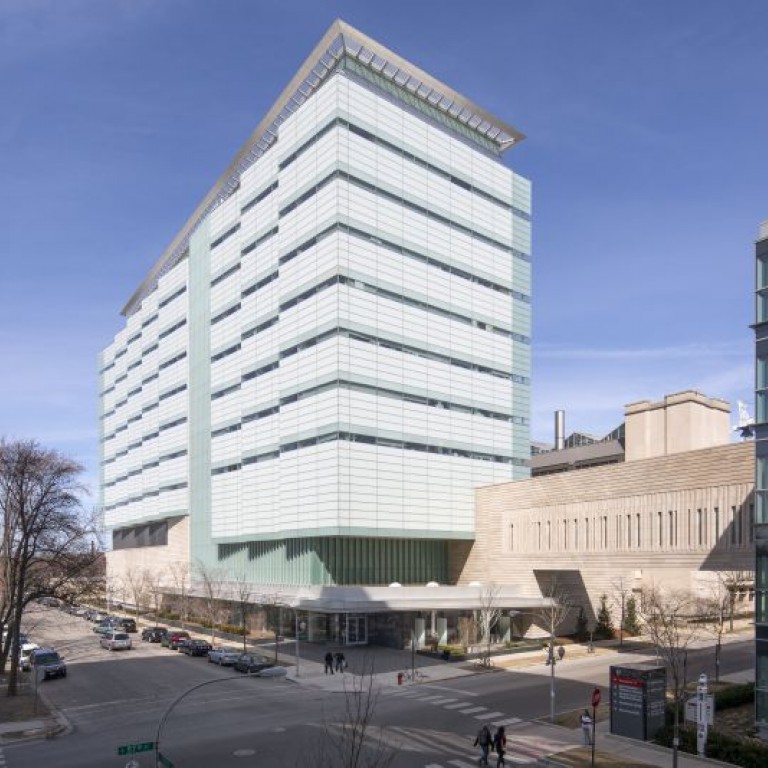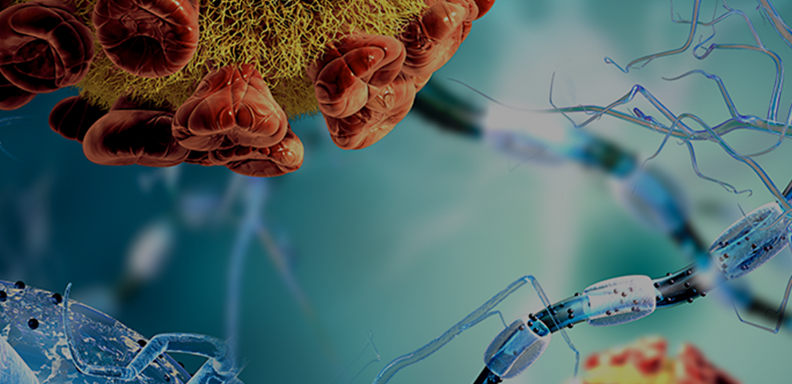When you get a cut or a scrape, the body floods the wounded area with immune cells such as neutrophils, monocytes, and macrophages to protect the area from infection and to clear it of dead cells and molecular debris. These immune cells not only secrete anti-microbial molecules, but also small proteins called cytokines that cause inflammation.
At the same time, the body recruits epithelial stem cells to repair the skin. These vulnerable cells must protect themselves from the harsh, inflammatory environment caused by the immune cells to complete their task of regenerating skin cells. The question is: how?
Researchers at the University of Chicago, in collaboration with the Howard Hughes Medical Institute and The Rockefeller University, have identified an answer – and it refutes a long-held belief of many in the field.
“It has long been thought that skin stem cells must operate in a specialized microenvironment known as a niche in order to survive the inflammatory environment of a wound,” said Yuxuan (Phoenix) Miao, assistant professor in the Ben May Department of Cancer Research at the University of Chicago and lead author of the paper. “What we discovered was that the stem cells are able to protect themselves by manipulating regulatory T-cells – specialized cells that suppress immune response – to create a barrier between themselves and the wounds’ harsh environment.”
Their findings were published online April 26 in Immunity and will also appear in the May print issue of the journal.
A mechanism for self-protection
To study this phenomenon, the researchers began by using fluorescence-activated cell sorting to identify the subset of skin stem cells that enter the wound. Then, through RNA sequencing and flow cytometry analysis, they identified genes present only in this subset.
Unexpectedly, they found high concentrations of molecules such as CD80 that are known to modulate immune response by regulating the body’s disease-fighting T-cells. The molecules enable the skin stem cells to weave a web of regulatory T-cells that envelop and protect them in the wound as they work to repair damaged skin. These molecules were not found in healthy skin’s stems cells nor in other non-immune cells within the wounded skin.
“When we delved into the mechanisms behind the skin stem cell’s ability to work in the wound environment, we were surprised to find that they co-opted a mechanism thought to be used only by professional immune cells,” said Jingyun Luan, a postdoctoral researcher in the Miao Lab and first author of the paper. “Namely, the activation of molecules that expand the expression of T-cells–particularly regulatory T-cells, which suppress inflammation.”
The researchers had previously identified the presence of CD80 molecules in cancer stem cells and hypothesized that they played a role in the mechanism that allows cancer stem cells to evade the immune system.
The team confirmed the role of CD80 during skin repair by removing it from the skin stem cells within the wounds of mice models. They observed a significant decrease in regulatory T-cells and a marked increase in neutrophils, which when present in large amounts can worsen inflammation. The result was wounds that healed much more slowly.
Faster wound healing, slower cancer growth
These findings have implications for treating the slow-healing wounds of diabetics and older individuals, whose skin stem cells may have a reduced ability to produce the protective CD80 molecules in a wound environment. Reverse strategies could be used to treat cancer by reducing or eliminating the ability of cancer stem cells to evade the immune system.
Miao’s team now plans to further explore CD80’s role in cancer stem cells and to understand the features that enable it to increase the regulatory T-cells in tumors. Ultimately, they hope this information will lead to strategies that manipulate the molecule for therapeutic purposes.
“We’re excited to better understand the mechanisms behind this function,” said Miao. “This intricate, stem cell-driven orchestration of immunity during wound repair has significant implications for how we think about pathogenic immune responses.”
Additional authors include Aleksandra Vuchkovska, Weijie Guo, Jennifer Good, Bijun Liu, and Audrey Gang of UChicago; Cynthia Truong, Nicole Infarinato, Katherine Stewart, Lisa Polak, Emma Andretta, Alexander Y. Rudensky, and Elaine Fuchs of the Howard Hughes Medical Institute; and Hilda Amalia Pasolli of The Rockefeller University.



